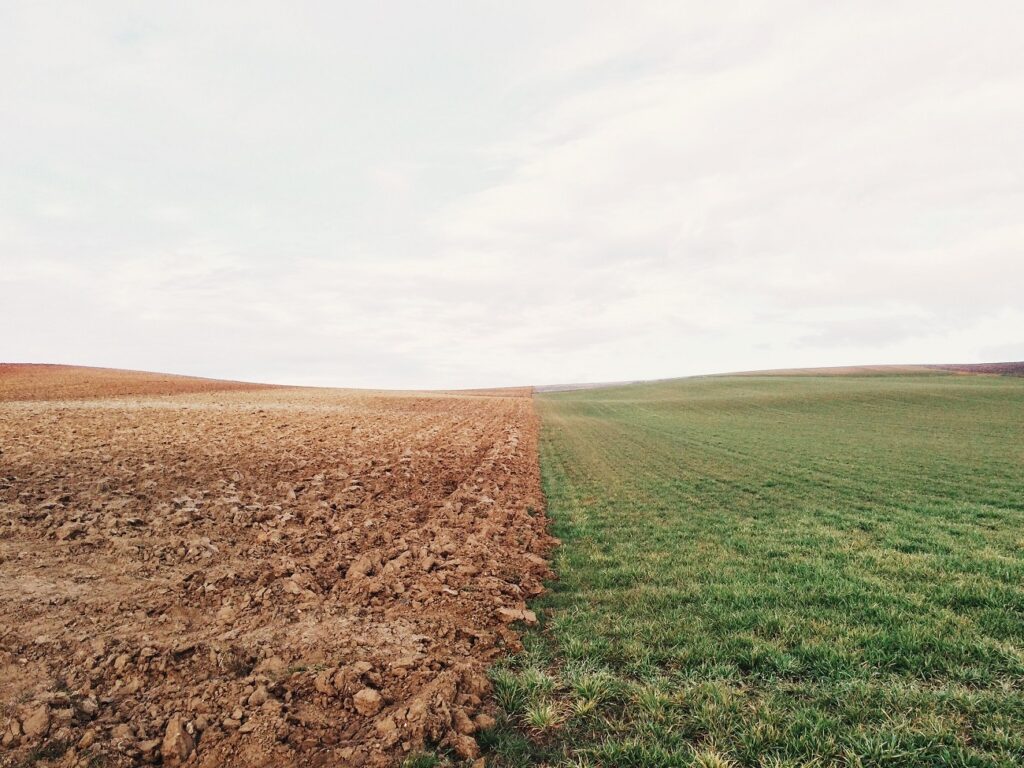Following our previous Earth Day blog, we now want to explore how packaging fits and what we can do to make a difference in our industry.
Packaging is always in the spotlight from a sustainability perspective, and rightly so. We must be held to account for the packaging we release to consumers. I would love to say that we can recycle our way out of packaging pollution but that is simply not enough. It is not just down to consumers to recycle more or for governments to invest in better, consistent waste collections, we must all collectively do our part.
Many countries like to boast about their recycling rates and Germany is often celebrated for being a world leader in recycling. However, of the estimated 67% of waste recovered in Germany in 20191,it was also estimated that less than 16% of Germany’s waste was reused2 or made into new products. The biggest reason for this is mixed materials. Although in many cases materials are technically recyclable, if the components are not designed to be removable or are not removed by the consumer, there is a high probability they will end up being incinerated. ‘Green energy’, energy generated from incineration, is still better than pollution, but we must design for more effective and efficient recyclability.

As recycling requirements differ considerably by country, it really is complex to create multinational / global packaging solutions, but it is possible. There are 4 keys steps to success:
- Know all your packaging specifications in minute detail including inks, coatings, additives, adhesives and how they attach to each other;
- Fully understand the legislative and recycling requirements for each of the markets you sell your products;
- Develop / re-develop your packaging to meet all the above requirements and continuously evaluate the changing regulatory landscape to inform decision-making;
- Communicate effectively to your consumers with end-of-life labelling such as OPRL, How2Recycle and Triman logo with sorting advice.
This may sound simple, but do not underestimate the complexities and the detail involved. Many people I have spoken to think they know all the requirements, but their knowledge is based on assumptions and local knowledge, not a global perspective. This is something I have consulted on for many years and thankfully we have developed a technology platform to make this a lot simpler - e-halo.
So why do we need to act now?
Well, there are many reasons including:
- Legislation is increasing significantly across the globe and the penalties for not complying will have a significant impact on your bottom line;
- Production and transportation costs are higher however, the sooner you act and understand your impact, the better placed you are to identify opportunities to improve your material selections, formats and potentially introduce recycled content;
- Prices of resources are increasing including oil, fuel and energy. Sustainable packaging change can help deliver cost and efficiency improvements to help mitigate the cost impact of legislation.
This is the moment to have the courage to make a significant change, have a real effect on business climate and how we act to save our planet. Play your part and take responsibility.
The theme of Earth Day 2022 was ‘Invest In Our Planet’. However you intend to continue your efforts, we can support you – together we can pioneer the right choices for you, your consumers and our planet.
